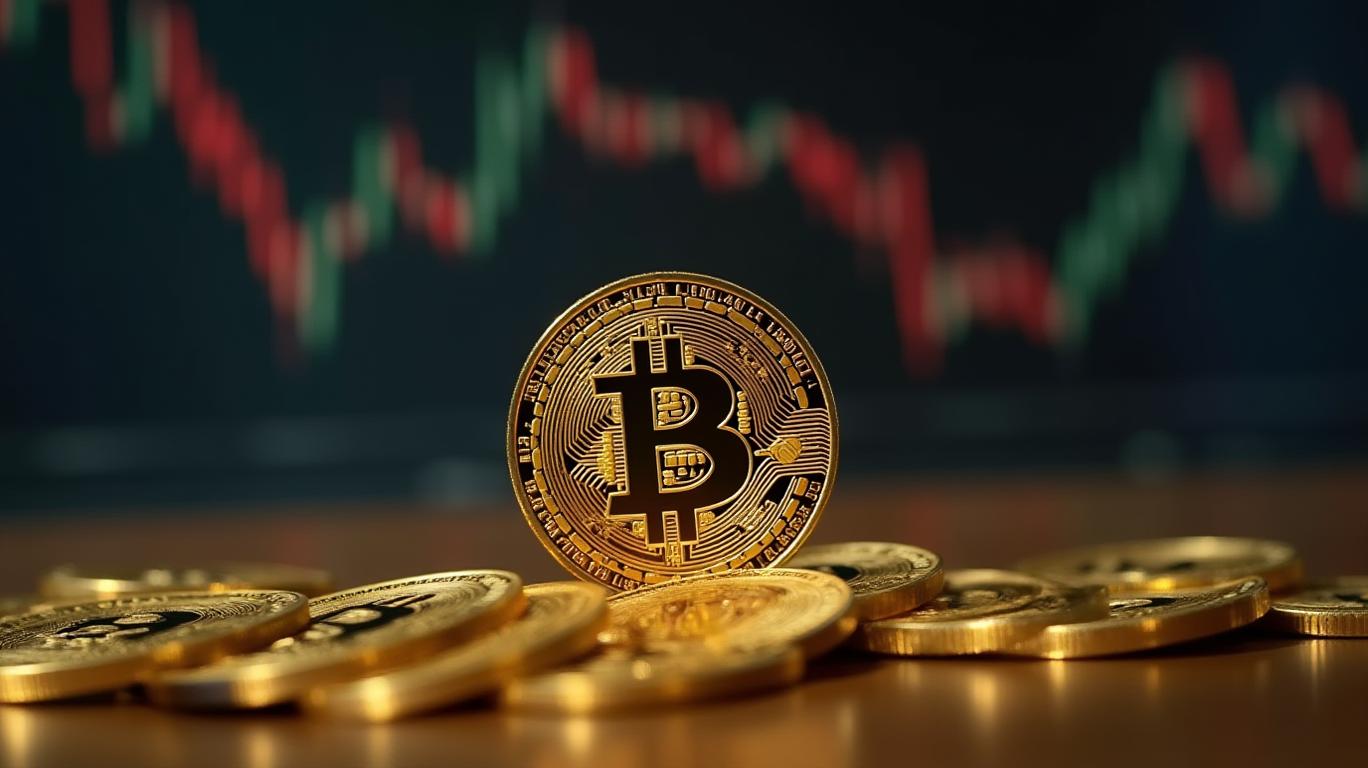Bitcoin Price Unaffected by Saylor's Billion-Dollar Purchases
Joe Burnett, Director of Market Research at the Bitcoin-native financial services firm Unchained, explains in a video why the billion-dollar Bitcoin purchases by Michael Saylor, the chairman of Strategy, do not significantly impact the price of Bitcoin. Burnett argues that Saylor's purchases are not a direct injection of fresh demand but rather a sophisticated reallocation of existing exposure within the Bitcoin ecosystem.
Burnett notes that Bitcoin's price movements from $16,000 in 2022 to $95,000 have historically been accompanied by the awakening of dormant supply. He points out that when the price accelerates, older coins start to move, indicating that seasoned holders are willing to part with their inventory. These coins are then transferred to new hands, including Strategy, ETF buyers, institutions, nation-states, and individuals.
Strategy's trading style is designed to minimize market disturbance. The firm places thousands or even millions of small buy orders over several days, allowing long-term holders to exchange coins for cash without triggering runaway order-book imbalances. This strategy lets sellers come to them without bidding against themselves, which helps to maintain market stability.
Burnett introduces an additional theory on why Strategy's purchases fail to ignite parabolic price action: the funding structure. He explains that when Strategy raises cash by issuing new equity, someone buys that stock instead of buying Bitcoin. The firm then turns the equity proceeds into spot BTC. The net effect is a shift in exposure rather than new demand. The same mechanics apply to the company's convertible-note programs, where hedge funds that subscribe to the notes simultaneously hedge by short-selling MSTR shares, expanding float rather than siphoning dollars from unrelated asset classes.
Burnett likens this dynamic to the cash migration that followed the launch of US spot Bitcoin exchange-traded funds in early 2024. Billions poured into products from various firms, but billions also flowed out of GBTC, leaving aggregate demand for Bitcoin largely unchanged. What would constitute price-moving capital, according to Burnett, is money that enters Bitcoin without exiting another Bitcoin proxy. He cites examples such as Apple’s treasury, sovereign wealth funds, or individuals reallocating real-estate and bond holdings directly into BTC.
Burnett emphasizes that his analysis is not a criticism of Saylor, whom he calls a world-class Bitcoin educator. He describes Saylor's accumulation strategy as brilliant but notes that the market impact is more nuanced than it may appear. Burnett suggests that the upcoming Saylor-branded STRF funds, which target fixed-income investors rather than equity buyers, could deliver the genuine outside capital that finally sends the price of Bitcoin parabolic.
Until such exogenous demand materializes, the Bitcoin market is likely to keep absorbing Strategy's billion-dollar bids with surprising calm. Burnett explains that Saylor can buy a lot of Bitcoin without moving the price much because he is buying from long-term wealthy holders and doing so in a way that minimizes short-term price impact. This explanation may be sobering for traders who expected fireworks each time the software company files a new 8-K.



_442a2dcc1749832873286.jpeg)
_e68fac6d1749831664430.jpeg)





















